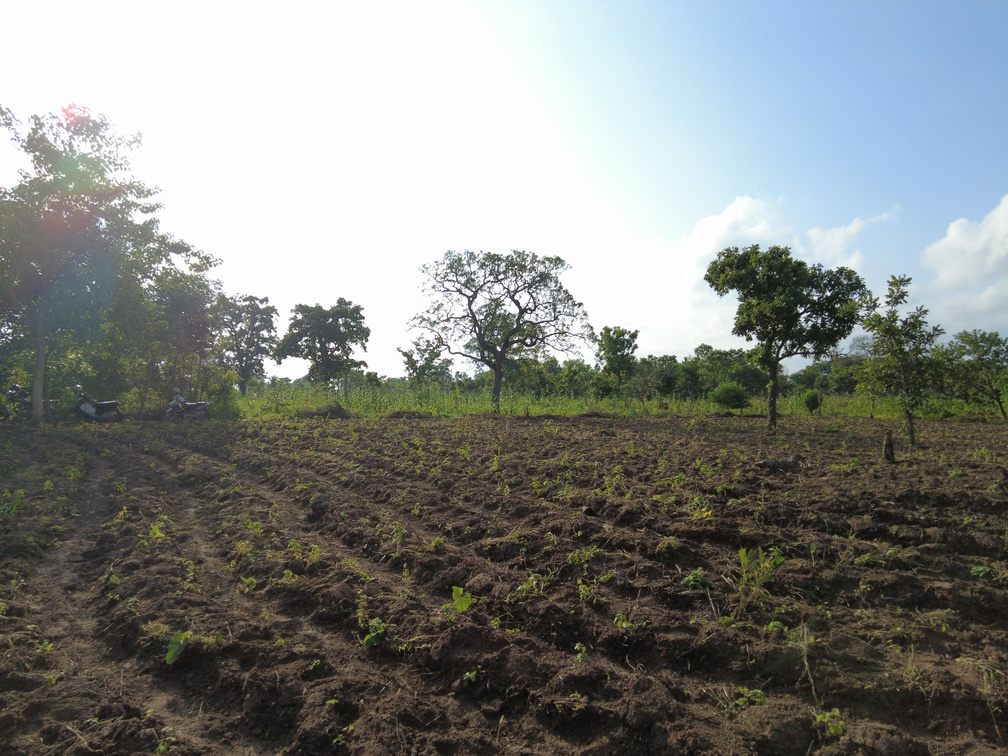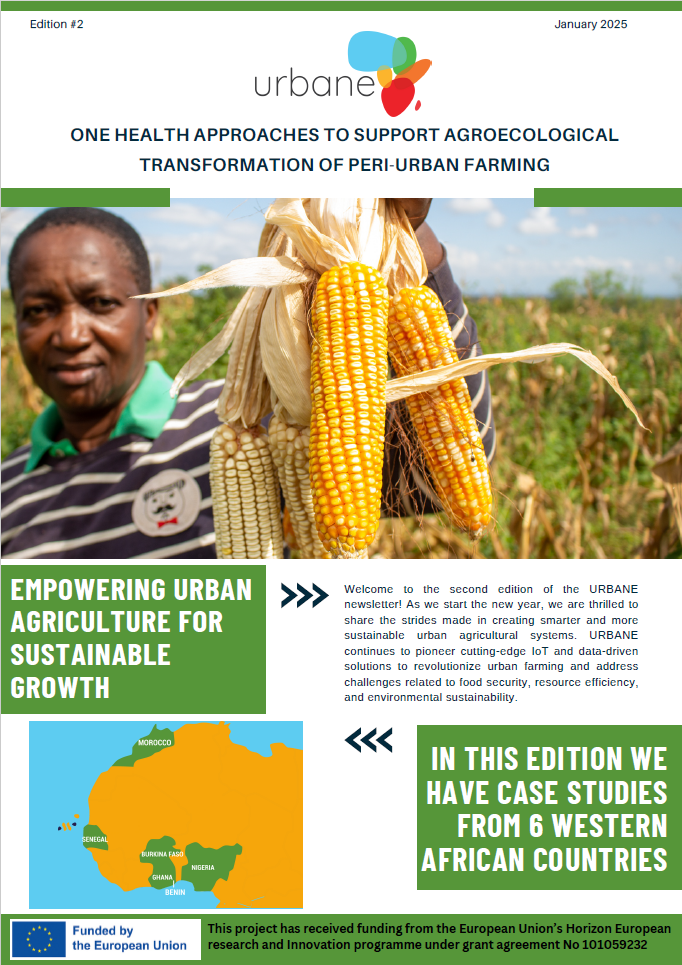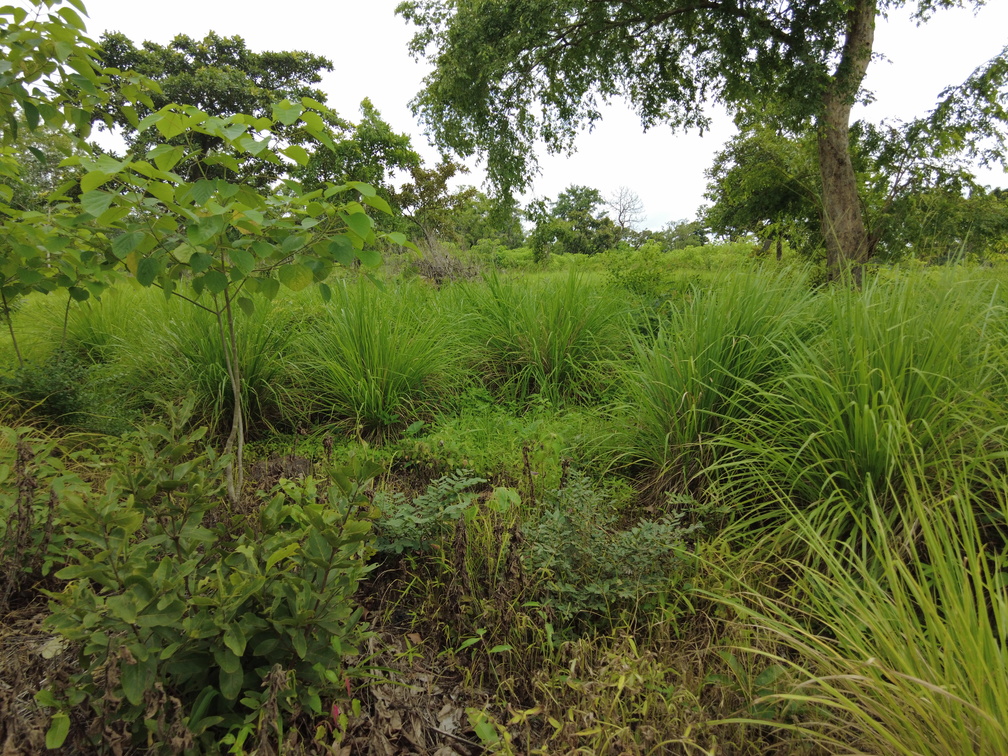“Agroecology at La Fattoria: Career Change, Ingenuity, and Self-Sufficiency 🛠️🌱
🚀 Selma and Chadi, self-taught farmers in Morocco, left careers in communication and television to dedicate themselves to agroecology on their farm dedicated to mixed cropping, livestock, and market gardening. Their goals? Producing vegetable baskets for Casablanca, setting up a training center, and developing product processing. 🐌 They are fighting snails with a multi-point strategy…
Read more





